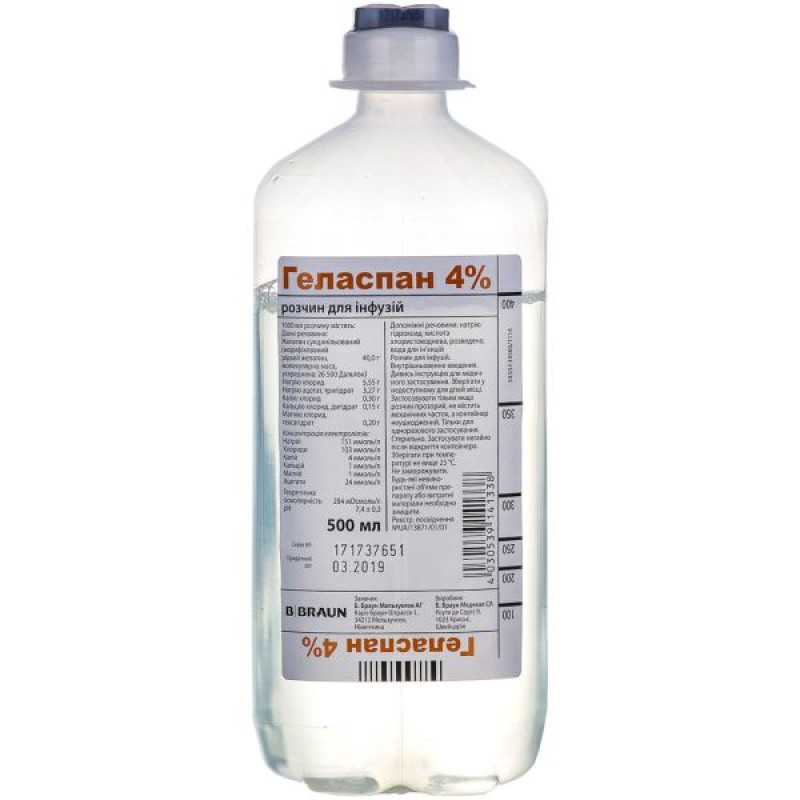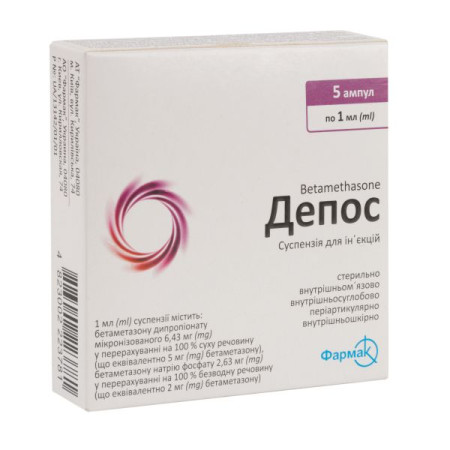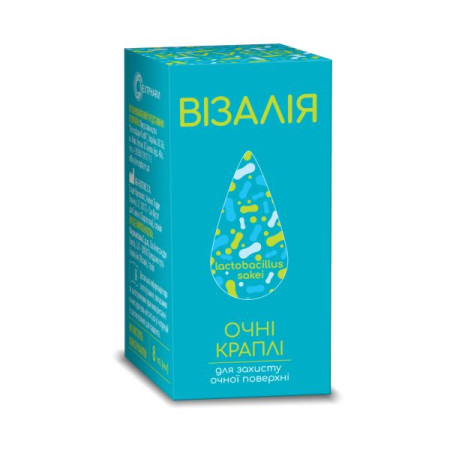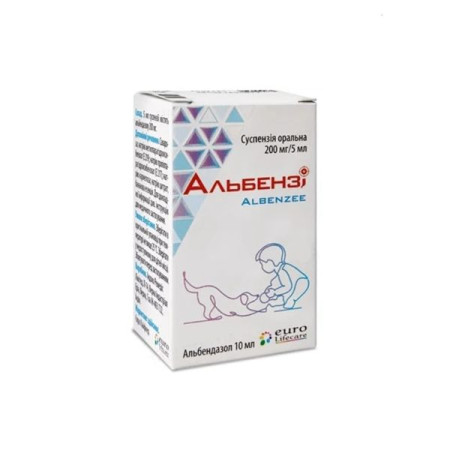Gelaspan 4% solution for infusions bottle 500 ml No. 10

Instructions Gelaspan 4% solution for infusions bottle 500 ml No. 10
Composition
active ingredients: 1 ml of solution contains succinylated gelatin (modified liquid gelatin; molecular weight, averaged: 26,500 Dalton) 40 mg; sodium chloride 5.55 mg; sodium acetate trihydrate 3.27 mg; potassium chloride 0.3 mg; calcium chloride dihydrate 0.15 mg; magnesium chloride hexahydrate 0.2 mg;
electrolyte concentration:
sodium 151 mmol/l;
chlorides 103 mmol/l;
potassium 4 mmol/l;
calcium 1 mmol/l;
magnesium 1 mmol/l;
acetates 24 mmol/l;
Excipients: sodium hydroxide, diluted hydrochloric acid, water for injections.
Dosage form
Solution for infusion.
Main physicochemical properties: transparent straw-colored solution, practically free of foreign particles.
Theoretical osmolarity 284 mOsmol/L; pH 7.4 ± 0.3.
Pharmacotherapeutic group
Blood substitutes and perfusion solutions. Gelatin medicinal products.
ATX code B05A A06.
Pharmacological properties
Pharmacodynamics
Gelaspan is a 4% (w/v) solution of succinylated gelatin (also known as modified liquid gelatin) with an average molecular weight of 30,000 Daltons (average) in a plasma-adapted, balanced isotonic electrolyte solution. The negative charge introduced into the molecule by succinylation causes the molecule to expand. Therefore, its molecular volume is larger than that of a non-succinylated gelatin molecule with the same molecular weight.
The measured initial volume effect of Gelaspan is approximately 100% of the injected volume with sufficient volume effect for 4–5 hours.
Gelaspan does not affect blood typing and is neutral with respect to coagulation mechanisms.
Gelaspan replaces the intra- and extravascular volume deficit caused by blood, plasma and interstitial fluid losses. Consequently, mean arterial pressure, left ventricular and end-diastolic pressure, cardiac stroke volume, cardiac index, oxygen supply, microcirculation and diuresis increase without dehydration of the extravascular space.
The colloid-osmotic pressure of the solution determines its initial volume effect. The duration of the effect depends on the clearance of the colloid, mainly during renal excretion. Since the volume effect of Gelaspan is equivalent to the administered amount of solution, Gelaspan is a plasma substitute, not a plasma expander. The solution also restores the extravascular space without disturbing the electrolyte balance of the extracellular space. Gelaspan is isotonic, therefore it does not cause such a shift of fluid in the intracellular space as hypotonic solutions do.
Gelaspan helps restore electrolyte balance and correct acidosis. Gelaspan does not contain lactate and can be used in patients with liver disease. The solution contains acetate as a precursor of bicarbonate, which is able to be metabolized in all organs and muscles.
Pharmacokinetics
After administration, Gelaspan is rapidly distributed in the intravascular space. There is no evidence that Gelaspan is stored in the reticuloendothelial system or elsewhere in the body.
Most of the administered Gelaspan is excreted by the kidneys. Only a small amount is excreted in the feces and no more than 1% is metabolized. Smaller molecules are excreted by glomerular filtration, while larger molecules are first proteolytically cleaved and then excreted by the kidneys. Proteolytic metabolism is so adaptive that even in conditions of renal failure, accumulation of Gelaspan is not observed.
Pharmacokinetics in special clinical situations
The plasma half-life of Gelaspan may be prolonged in patients undergoing hemodialysis (glomerular filtration rate (GFR) < 0.5 mL/min). Gelaspan minimizes the risk of dilutional acidosis and ricochet alkalosis, which are observed when lactate-containing solutions are administered to patients with liver disease. Gelaspan contains acetate and does not contain lactate. Therefore, it may also be indicated in patients with hypovolemia and liver disease.
Indication
Prevention and treatment of manifestations or threat of relative or absolute hypovolemia and shock. Prevention and treatment of arterial hypotension (e.g. in connection with epidural or spinal anesthesia). Procedures involving extracorporeal circulation (e.g. starting a heart-lung machine). Acute normovolemic hemodilution.
Contraindication
Hypersensitivity to gelatin solutions.
Hypersensitivity to galactose-alpha-1,3-galactose (alpha-gal) or allergy to red meat (mammalian meat) or by-products (see section "Special warnings and precautions for use").
Hypervolemia. Hyperhydration. Hyperkalemia. Severe heart failure. Recent myocardial infarction. Severe blood clotting disorders. Severe renal failure.
Interaction with other medicinal products and other types of interactions
Caution should be exercised in patients who are concomitantly taking or receiving drugs that may cause sodium retention (e.g. corticosteroids, nonsteroidal anti-inflammatory drugs), as concomitant administration may lead to edema.
Potassium-sparing diuretics, angiotensin-converting enzyme (ACE) inhibitors, nonsteroidal anti-inflammatory drugs, cyclosporine, tacrolimus or suxamethonium may increase serum potassium levels. Concomitant administration of potassium-containing solutions and these drugs may lead to severe hyperkalemia, which may cause cardiac arrhythmias.
Potassium administration may reduce the therapeutic effect of cardiac glycosides.
Adrenocorticotropic hormone (ACTH), corticosteroids, and loop diuretics may increase renal potassium elimination.
Application features
Gelaspan should be administered with caution to patients with a history of allergic diseases, such as bronchial asthma.
Gelatin-based blood volume replacement products may rarely cause anaphylactoid reactions of varying severity. To detect the onset of an anaphylactoid reaction as early as possible, the first 20–30 ml of solution should be administered slowly, with careful observation of the patient.
Due to possible cross-reactions involving the allergen galactose-alpha-1,3-galactose (alpha-gal), the risk of sensitization and, consequently, anaphylactic reaction to gelatin-containing solutions is increased in patients with a history of allergy to red meat (mammalian meat) and offal and/or who test positive for anti-alpha-gal IgE antibodies. Colloidal solutions containing gelatin should not be used in such patients (see section "Contraindications").
In case of an allergic reaction, the infusion should be stopped immediately and appropriate treatment should be provided.
Gelaspan should be administered with extreme caution to patients:
in circulatory overload, for example, in patients with congestive heart failure, right or left ventricular failure, arterial hypertension, pulmonary edema or renal failure with oligo- or anuria; with severe renal dysfunction; who have edema with water/salt retention; with serious blood coagulation disorders; the elderly, as they are more prone to developing disorders such as heart or renal failure; with severe hypercalcemia.
Like all other colloids, Gelaspan should be used in hypovolemia only in cases where the use of crystalloids alone is considered insufficient.
In severe hypovolemia, colloids are usually used in combination with crystalloids.
Overload due to overdose or too rapid infusion should be avoided. Dosage should be carefully adjusted, especially in patients with pulmonary or cardiocirculatory problems.
Gelaspan should not be administered together with blood or blood products (formed blood elements, plasma and plasma fractions) through the same infusion system.
Serum electrolyte concentrations and water balance should be monitored, especially in patients with hypernatremia, hyperkalemia, or renal impairment.
When compensating for severe blood loss by administering large volumes of Gelaspan, hematocrit and electrolyte levels should be monitored. Hematocrit should not fall below 25%. In elderly patients or those in critical condition, hematocrit should not fall below 30%.
Similarly, in such situations, the effect of dilution on blood coagulation factors should be monitored, especially in patients with hemostatic disorders.
Since the drug does not replace lost plasma proteins, it is recommended to check plasma protein concentrations.
The medicinal product contains 4 mmol/l potassium. This should be taken into account if the patient has renal insufficiency or is on a controlled potassium diet.
This medicinal product contains 151 mmol/l sodium. This should be taken into consideration if the patient is on a controlled sodium diet.
Laboratory blood tests (blood grouping or Rh factor) may be performed after Gelaspan infusion. However, it is recommended that blood samples be taken before Gelaspan infusion to avoid difficulties in interpreting the results.
Gelaspan may affect the results of clinical chemistry tests, causing falsely high values:
erythrocyte sedimentation rate; urine specific gravity; nonspecific protein assays, such as the biuret method.
Ability to influence reaction speed when driving vehicles or other mechanisms
The drug is intended for use in intensive care units.
Gelaspan has no or negligible influence on the ability to drive and use machines.
Use during pregnancy or breastfeeding
There are no controlled studies in pregnant or breastfeeding women. Due to the risk of anaphylactoid reactions with subsequent fetal or neonatal distress due to maternal hypotension, this medicinal product should be used during pregnancy only if the expected benefit to the mother outweighs the risk to the fetus.
It is not known whether Gelaspan passes into breast milk. There is insufficient experience of use during breastfeeding.
Method of administration and doses
The solution is administered intravenously.
The dosage and infusion rate are selected according to the volume of blood lost and the individual needs to restore and maintain a stable hemodynamic situation. Initially, an average dose of 500 to 1000 ml is administered, in case of severe blood loss, higher doses should be used.
Adults and children weighing more than 25 kg are given 500 ml at an appropriate rate depending on the haemodynamic status of the patient. In case of more than 20% blood loss, blood or blood components should usually be administered in addition to Gelaspan.
Children
Since documented experience is limited, the dose should be individualized according to the patient's underlying clinical condition. Therapy should be monitored with particular care.
Maximum dose
Since the drug does not specifically affect coagulation factor VIII, the maximum daily dose is determined by the degree of hemodilution. Care should be taken to avoid a drop in hematocrit below critical values.
If necessary, additional blood or red blood cell transfusions should be administered.
Attention should also be paid to the dilution of plasma proteins (e.g. albumin or coagulation factors), which should be adequately replaced if necessary.
Infusion rate
The infusion rate depends on the existing hemodynamic situation.
Typically, 500 ml is administered over 30 minutes. However, the first 20–30 ml of solution should be administered slowly to detect anaphylactoid reactions as early as possible.
In shock situations, 500 ml of Gelaspan can be administered rapidly, over 5–10 minutes, by pressure infusion.
The hemodynamic and hematological systems, as well as the coagulation system, should be constantly checked.
Method of administration
Intravenous administration.
For rapid administration, Gelaspan should be warmed to a temperature not higher than
37 °C.
In the case of pressurized infusion, which may be necessary in case of life-threatening emergency, all air must be removed from the container and administration system before administration of the solution.
Children
Since documented experience is insufficient, the dose should be selected individually according to the patient's underlying clinical condition. Therapy should be monitored with particular caution and the drug should only be used in children when the expected benefit clearly outweighs the potential risk.
Overdose
Overdose of Gelaspan may cause hypervolemia and circulatory overload, associated with subsequent impairment of cardiac and pulmonary function. Symptoms of circulatory overload include headache, dyspnea, and jugular venous congestion.
In case of circulatory overload, the infusion should be stopped and rapid-acting diuretics should be administered. In case of overdose, the patient should be given symptomatic therapy with electrolyte monitoring.
Adverse reactions
The adverse reactions listed below are classified by frequency as follows:
very common: ≥ 1/10; common: ≥ 1/100, < 1/10; uncommon: ≥ 1/1000, < 1/100; rare: ≥ 1/10,000, < 1/1000; very rare: < 1/10,000; not known: frequency cannot be estimated from the data obtained.
The only potentially serious adverse reactions are anaphylactoid reactions, as described below. However, severe reactions are very rare.
Side effects may occur during and after the use of Gelaspan. They usually include anaphylactic/anaphylactoid reactions of varying severity. (See also sections "Contraindications" and "Special warnings and precautions for use", especially regarding hypersensitivity to galactose-alpha-1,3-galactose (alpha-gal) and allergy to red meat and offal).
On the part of the immune system: rarely - anaphylactoid reactions of all degrees*; very rarely - anaphylactoid reactions of the III and IV degrees*.
Cardiac: very rarely – tachycardia.
Vascular disorders: very rarely - arterial hypotension.
On the part of the respiratory system: very rarely - difficulty breathing.
Skin: rarely - allergic skin reactions*.
General disorders: infrequently - mild transient increase in body temperature; very rarely - fever, chills.
Gastrointestinal: not known – nausea, vomiting, abdominal pain.
Investigations: unknown – decreased oxygen saturation.
From the blood and lymphatic system: very often - a decrease in hematocrit and plasma protein concentration; often (depending on the dose administered) - relatively high doses of Gelaspan cause a dilution of the concentration of blood clotting factors and therefore may affect blood clotting. Prothrombin time and activated partial thromboplastin time (aPTT) may be prolonged after administration of large doses of Gelaspan (see section "Special instructions").
*Grade I–II anaphylactoid reactions include: itching, local erythema, paresthesia, headache, flushing, urticaria, mucosal edema, tachycardia, hypotension, dyspnea, cough, nausea, vomiting.
Anaphylactoid reactions of III–IV degree include: severe dyspnea, bronchospasm, severe arterial hypotension, shock, respiratory and cardiac arrest.
In the event of an anaphylactoid reaction, the infusion must be stopped immediately and emergency care must be provided.
Expiration date
2 years.
Storage conditions
Store at a temperature not exceeding 25 °C.
Do not freeze. Keep out of reach of children.
Packaging
500 ml of solution in polyethylene bottles; 10 bottles in a cardboard box.
According to the recipe.
Producer
B. Braun Medical SA / B. Braun Medical SA.
Location of the manufacturer and its business address
Route de Sorge 9, 1023 Crissier, Switzerland.
There are no reviews for this product.
There are no reviews for this product, be the first to leave your review.
No questions about this product, be the first and ask your question.









